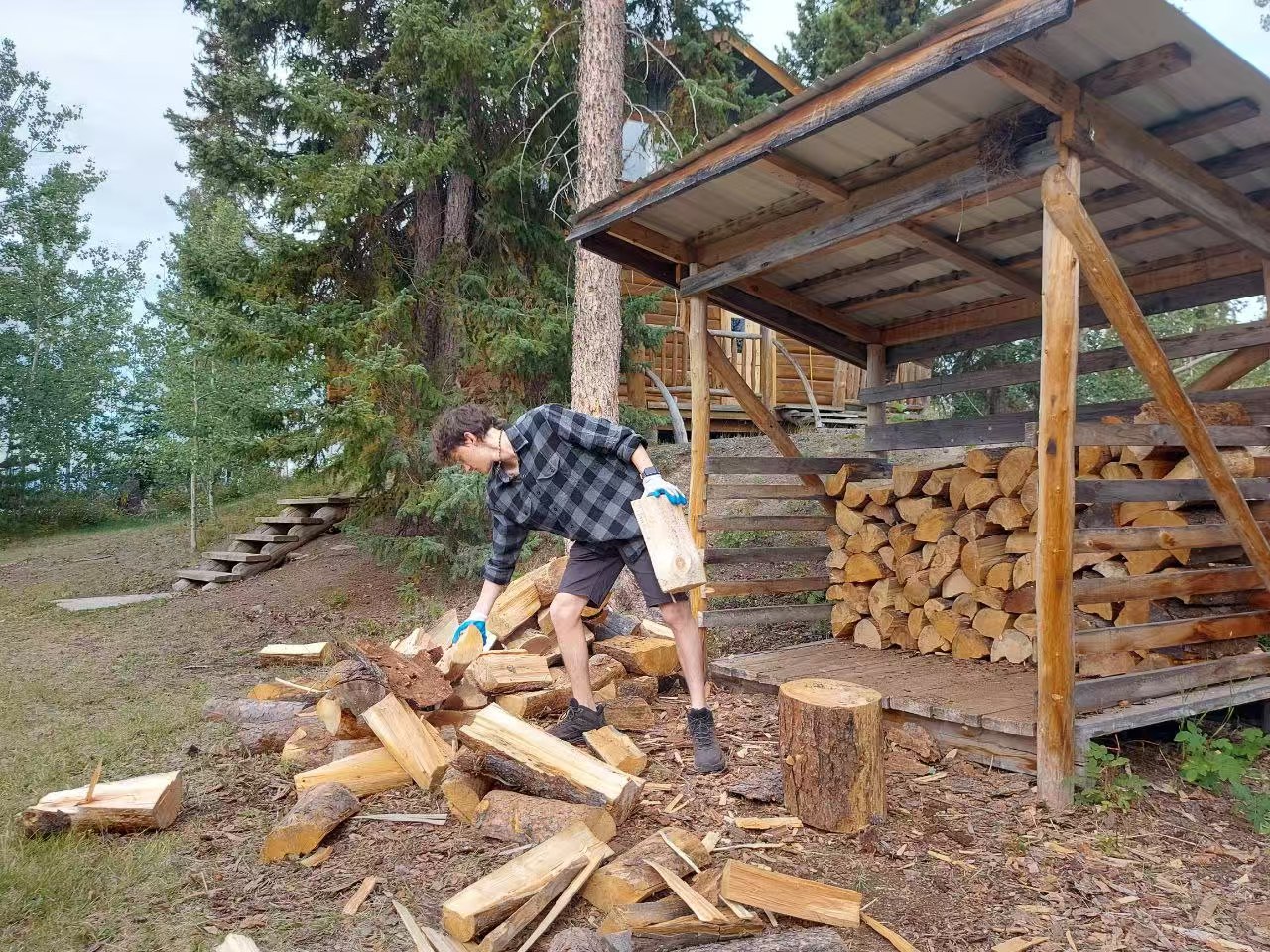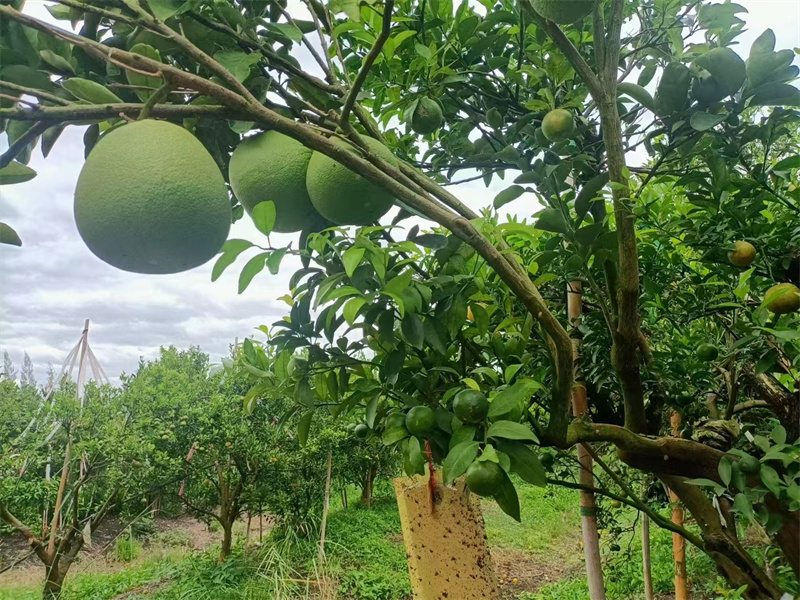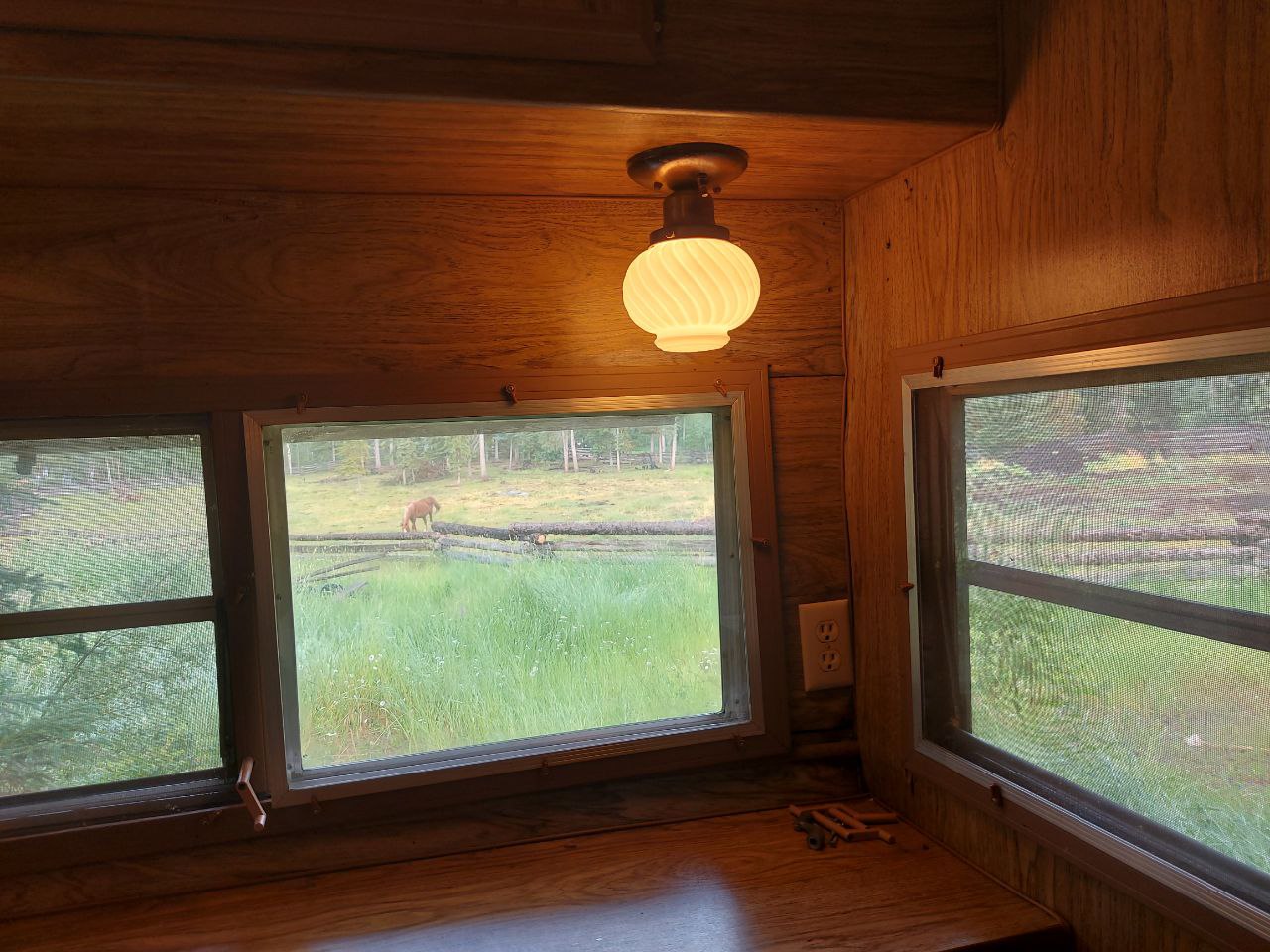|
How Permaculture Can Restore Ecosystems & Communities
Maddy Harland
Thursday, 20th August 2015
Maddy Harland tells the story of the Shona African community who healed their damaged ecosystems. They restored their springs, rebuilt their soil, regenerated their agriculture and alleviated poverty and malnutrition. Permaculture farming has proven effective all over the planet.
In the rural Shona African community in Zimbabwe, five villages of 7,000 people have joined together to form the Chikukwa Project, named after their local chief. Twenty years ago their land was deforested, barren, and nothing would grow there in the summer months. When the rains came, they washed down the slopes taking the soil with them. The springs had dried up and the people were poor, hungry, and suffering from malnutrition.
The Shona decided to do something about it and sought advice from permaculture pioneer, John Wilson. Slowly, a field at a time, they built water retaining landscapes: terracing the slopes and digging swales to hold the water in the soil. They added composted manure to these terrace beds to build soil and grow food. They stopped grazing animals and foraging for firewood in the gullies where the springs rose and planted native trees there to hold the moisture in the soil. They also stopped untethered grazing of goats on the hillsides, allowing trees to regenerate, and they started driving their cattle to agreed grazing areas. They learnt new skills: specifically permaculture training, conflict resolution, women’s empowerment, primary education and HIV management.
Within three years, the springs began to reactivate. They saw that the yields from the plots with swales were bigger than the plots without them. Twenty years later, where there was once eroded soil and over-grazed slopes, there are now reforested gullies with flowing water, terraces full of vegetables, grains and fruit, and high ridges lined with trees for firewood. In the villages, there are home gardens, pens for hens and goats, water tanks to catch rainfall runoff, and a culture of cooperation that values people skills as much as horticultural techniques. The landscape is verdant and biodiverse, and the gardens and farms produce crops for the families and for market, bringing an economic yield back into the region. All this in one generation.
Gillian and Terrence Leahy, film makers, were invited to make a film about this transformation at Chikukwa.They saw how these Shona Africans had pulled themselves out of hunger and malnutrition, using permaculture farming techniques and bottom-up social organisation. They understood that this could be replicated anywhere in the world.
The Loess Plateau in China, an area the size of France, was similarly regenerated using water retention landscapes. This was documented by John Liu in his incredible film, Green Gold. There are many more stories from all over the world where permaculture and other regenerative techniques have been applied to barren lands. Earth restoration is not only possible, it is already happening. We need to build capacity and find ways to take this work wherever it is needed, helping people to lift themselves out of poverty and rebuild broken communities. John calls this ‘the great work of our time’, work that not only restores whole ecosystems but also brings dignity and wellbeing to our fellow human beings. Nelson Mandela said, “Overcoming poverty is not a task of charity, it is an act of Justice. Like slavery and apartheid, poverty is not natural. It is man made and can be overcome and eradicated by the actions of human beings. Sometimes it falls on a generation to be great. You can be that generation. Let greatness blossom.”
It is perhaps easier to regenerate rural landscapes where the vestiges of a traditional culture retains gardening and farming skills, but it can happen in post-industrial wastelands too. I have been following permaculture teacher, Sarah Pugh, as she travels through the urban American landscape, researching urban permaculture projects. Sarah lives in Bristol, UK and works with permaculture and transition there. She set up Shift Bristol, a training project that takes people through a year of learning practical permaculture. Sarah wanted, however, to reach beyond her own city and see for herself what urban regeneration looks like in places like Detroit, Chicago and San Francisco where the extremes of wealth and poverty are keenly experienced. She visited Detroit and she observed, “So much space, so much energy, so many problems ... so much potential. The population of Brightmoor [a local neighborhood] has dropped from 20,000 to less than 10,000. 70,000 empty, burned out and rotting houses in Detroit. Community gardening in full swing here...”
Sarah leaves a trail of hope on social media as she travels. It is such a different story from the usual diet of pet videos, celebrity gossip and the haunting escalation of our global problems. We hear too much of the dark side in all medias, and too little of the solutions. I am convinced that it makes people turn away and disengage, feeling that our futures are hopelessly predetermined. This magazine is different. It is full of stories of hope, and we hope you not only enjoy it, but are inspired.
|  Haha, I’ve got a helper now!
Xuefeng
September 8, 2024
(Translation edited by Q
Haha, I’ve got a helper now!
Xuefeng
September 8, 2024
(Translation edited by Q
 Haha, I felt young again!XuefengYesterday morning, after breakfast, I started ch
Haha, I felt young again!XuefengYesterday morning, after breakfast, I started ch
 Papaver rhoeas: The Designated Flower of Lifechanyuan
by Xuefeng
August 20, 2024
Papaver rhoeas: The Designated Flower of Lifechanyuan
by Xuefeng
August 20, 2024
 Joyful Games and Warm Welcome for Gabi at Lifechanyuan's Thai Home
Qianzi Celest
Joyful Games and Warm Welcome for Gabi at Lifechanyuan's Thai Home
Qianzi Celest
 Chilean Girl Gabi Experiences the Life of Lifechanyuan Thailand Second Home Comm
Chilean Girl Gabi Experiences the Life of Lifechanyuan Thailand Second Home Comm
 Another Clean and Tidy Joy House
In the tourist resort Holy Land Home, the guide
Another Clean and Tidy Joy House
In the tourist resort Holy Land Home, the guide
 Post time 2017-10-27 15:26:01
|
3850views0replies
Show the author posts only
|View large image
Post time 2017-10-27 15:26:01
|
3850views0replies
Show the author posts only
|View large image
 |Descending
|Read mode
|Descending
|Read mode





 Favorites
Favorites Relay
Relay Shares
Shares Collection
Collection